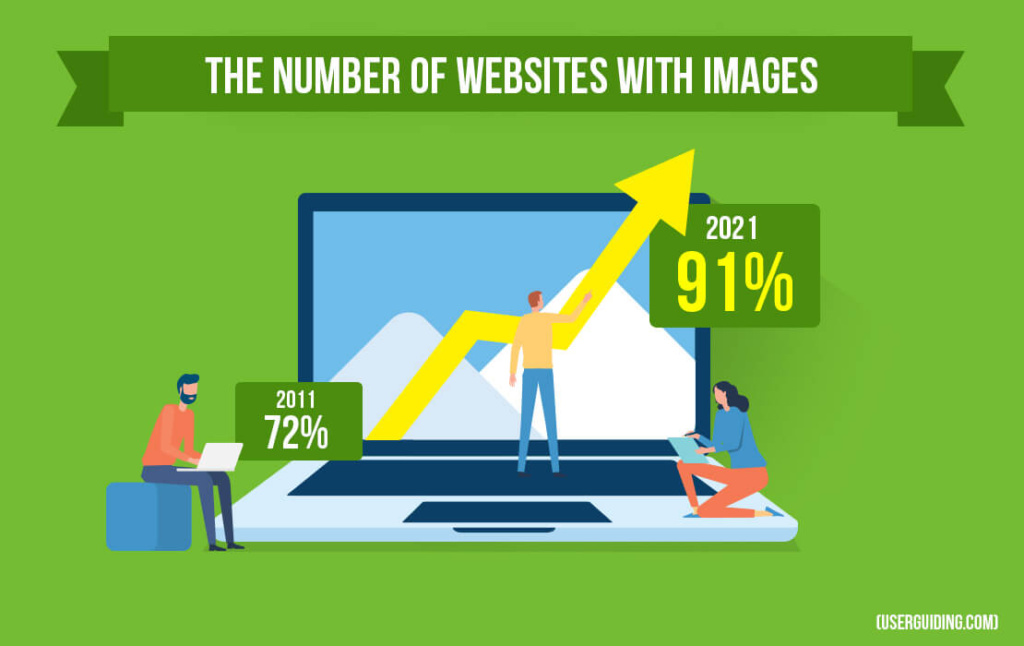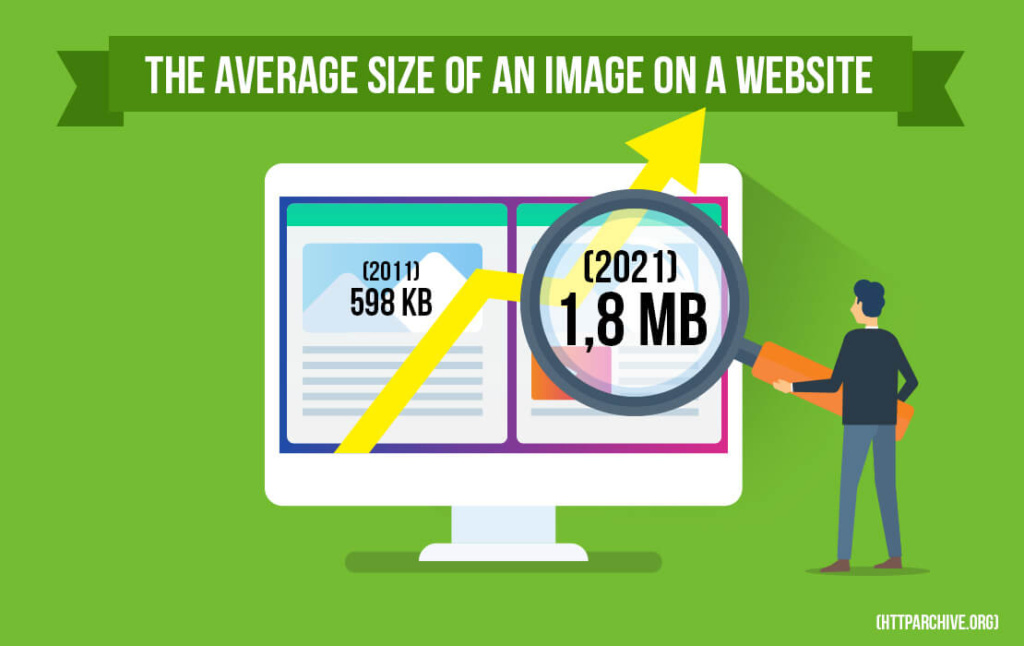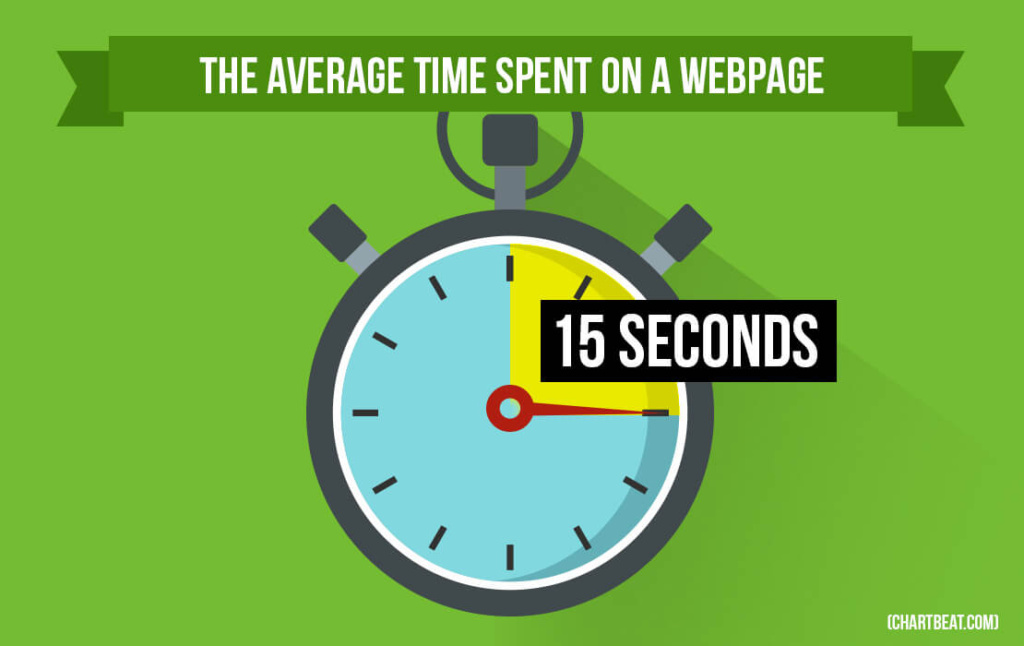With the shift to online commerce and remote work, companies have realized the importance of having an online presence in order to reach a wider audience and remain competitive in today’s digital landscape.
Images can significantly contribute to the carbon footprint of a website. When a user visits a website, the web server must transfer all the files required to load the webpage to the user’s device. This process involves a significant amount of energy consumption, including the energy required to power the data centers, network infrastructure, and the user’s device.
The increasing popularity of visual content on websites, as well as improvements in internet speed, led to websites using more images – number of websites with images increased from 72% (2011) to 91% (2021).
According to HTTP Archive’s data, the average size of an image on a website has increased from 598 KB to around 1.8 MB, representing a three-fold increase in size during the past decade.
Why to carbon optimize images for websites?
Large images require more data to be transferred over the internet, which means more energy consumption and more carbon emissions. According to a report by the Shift Project, the energy consumption of the internet (including data transfer) accounted for 3.7% of global greenhouse gas emissions in 2018. When decreasing the size of images on a website, we can reduce the amount of data that needs to be transferred.
By reducing the size of images, we can improve website loading times, which can lead to a better user experience and potentially reduce bounce rates – 47% of users won’t wait longer than two seconds for a website to load.
According to a study by Chartbeat, which analyzed data from over 2 billion visits across the web, the average time spent on a webpage is around 15 seconds – that indicates high possibility that image size will not make huge difference in the overall impact in such a short view.
Do you want to take action to make the images on your website or in your newsletters responsible for a lower amount of carbon emissions? Don’t miss out! Read our next article to find out what steps you can take!











Comments are closed.